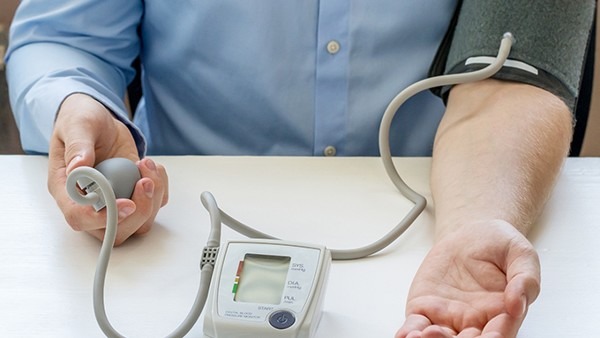Bone Hyperplasia and Local Calcification

Introduction
Bone hyperplasia and local calcification are two distinct but related conditions that can affect the musculoskeletal system. Bone hyperplasia refers to the abnormal overgrowth of bone tissue, while local calcification refers to the deposition of calcium salts in soft tissues outside of the bone. Both conditions can cause pain, swelling, and impaired function, and they can be difficult to diagnose and treat.
Bone Hyperplasia
Bone hyperplasia can be caused by a variety of factors, including:
Trauma: Bone hyperplasia can occur in response to trauma to the bone, such as a fracture or dislocation. The body produces new bone to repair the damage, but the repair process can sometimes lead to excessive bone growth.
Infection: Bacterial or viral infections can cause bone hyperplasia. The infection can damage the bone, leading to the production of new bone to repair the damage.
Metabolic disorders: Certain metabolic disorders, such as Paget's disease of bone and fibrous dysplasia, can cause bone hyperplasia. These disorders disrupt the normal growth and development of bone, leading to abnormal bone growth.
Genetic mutations: Some genetic mutations can cause bone hyperplasia. These mutations can lead to the overproduction of bone cells or to the production of abnormal bone cells that are more likely to undergo hyperplasia.
Bone hyperplasia can occur in any bone in the body, but it is most common in the long bones of the legs and arms. The condition can cause pain, swelling, and impaired function. In severe cases, bone hyperplasia can lead to deformity and disability.
Diagnosis of Bone Hyperplasia
Bone hyperplasia is diagnosed based on the patient's symptoms and a physical examination. The doctor may also order imaging tests, such as X-rays or MRI scans, to evaluate the bone and surrounding tissues.
Treatment of Bone Hyperplasia
The treatment of bone hyperplasia depends on the cause of the condition. In some cases, treatment may not be necessary. However, in cases where the bone hyperplasia is causing pain or disability, treatment may be necessary.
Treatment options for bone hyperplasia include:
Medication: Medications can be used to reduce pain and inflammation. In some cases, medication can also be used to slow the progression of bone hyperplasia.
Surgery: Surgery may be necessary to remove the excess bone. Surgery is typically only recommended in cases where the bone hyperplasia is causing severe pain or disability.
Local Calcification
Local calcification refers to the deposition of calcium salts in soft tissues outside of the bone. The calcium salts can form in any soft tissue, but they are most commonly found in the tendons, ligaments, and muscles.
The exact cause of local calcification is unknown, but it is thought to be related to the body's response to injury or inflammation. When the body is injured or inflamed, it can release calcium salts into the surrounding tissues. The calcium salts can then form crystals that deposit in the soft tissues.
Local calcification can occur in any part of the body, but it is most common in the shoulders, elbows, wrists, and knees. The condition can cause pain, stiffness, and impaired function. In severe cases, local calcification can lead to disability.
Diagnosis of Local Calcification
Local calcification is diagnosed based on the patient's symptoms and a physical examination. The doctor may also order imaging tests, such as X-rays or MRI scans, to evaluate the soft tissues and identify the calcium deposits.
Treatment of Local Calcification
The treatment of local calcification depends on the severity of the condition. In some cases, treatment may not be necessary. However, in cases where the local calcification is causing pain or disability, treatment may be necessary.
Treatment options for local calcification include:
Medication: Medications can be used to reduce pain and inflammation. In some cases, medication can also be used to dissolve the calcium deposits.
Physical therapy: Physical therapy can help to improve range of motion and reduce pain.
Surgery: Surgery may be necessary to remove the calcium deposits. Surgery is typically only recommended in cases where the local calcification is causing severe pain or disability.
The above is all the content that the editor wants to share with you. I sincerely hope that these contents can bring some help to your life and health, and I also wish that your life will be happier and happier.
Tags: #hyperplasia #bone #and















